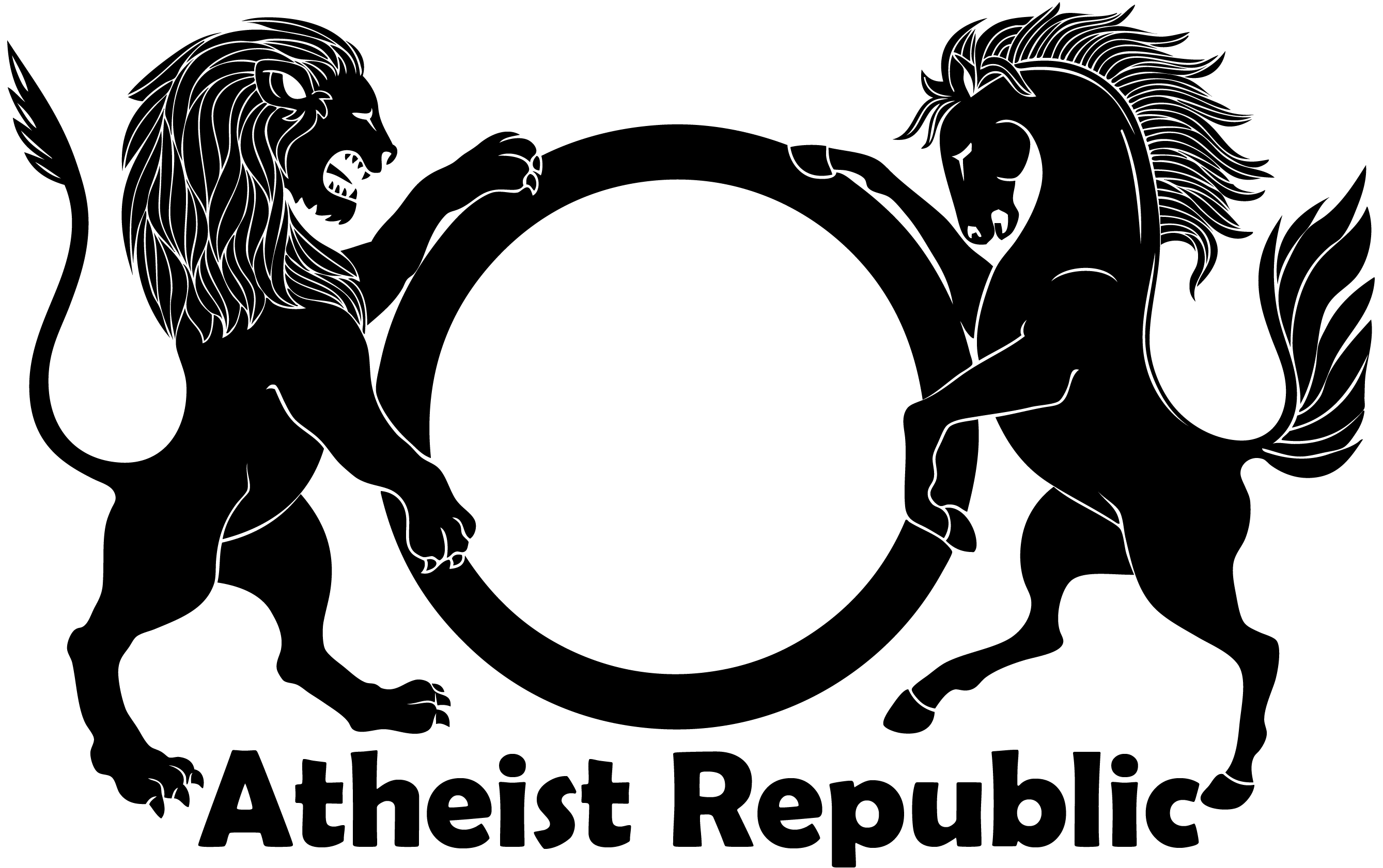Think of this as part two of my Evolution of the Eye thread. There are several obstacles that are encountered if the eye evolved gradually. I want to focus on two.
1. The lens and pinhole: A flat sheet of photoreceptors sees a completely different image than a concave one with a pinhole opening. Blurriness is an obvious factor, but I want to focus on direction. A flat sheet sees light and shadows almost like a mirror reflection of the source. However, a light passing through a pinhole becomes inverted. A shadow that was seen on the left of a flat sheet, is now seen at the right. This means the world literally flips upside down. Without a brain already capable of understanding the new retinal image, the animal that was used to turning left when they saw shadow at the right, now turns right and into the mouth of a predator.
2. Multiple eyes: Hardly anyone mentions the evolution of a second eye, they only focus on the evolution of a single eye. This a problem, because the moment a second eye emerges, the image is once again thrown into chaos. Giving rise to the problem of correspondence. How does the image of one eye match the image of the other.
How do you think these problems were solved?
Subscription Note:
Choosing to subscribe to this topic will automatically register you for email notifications for comments and updates on this thread.
Email notifications will be sent out daily by default unless specified otherwise on your account which you can edit by going to your userpage here and clicking on the subscriptions tab.





























Attachments
Attach Image/Video?:
Pages